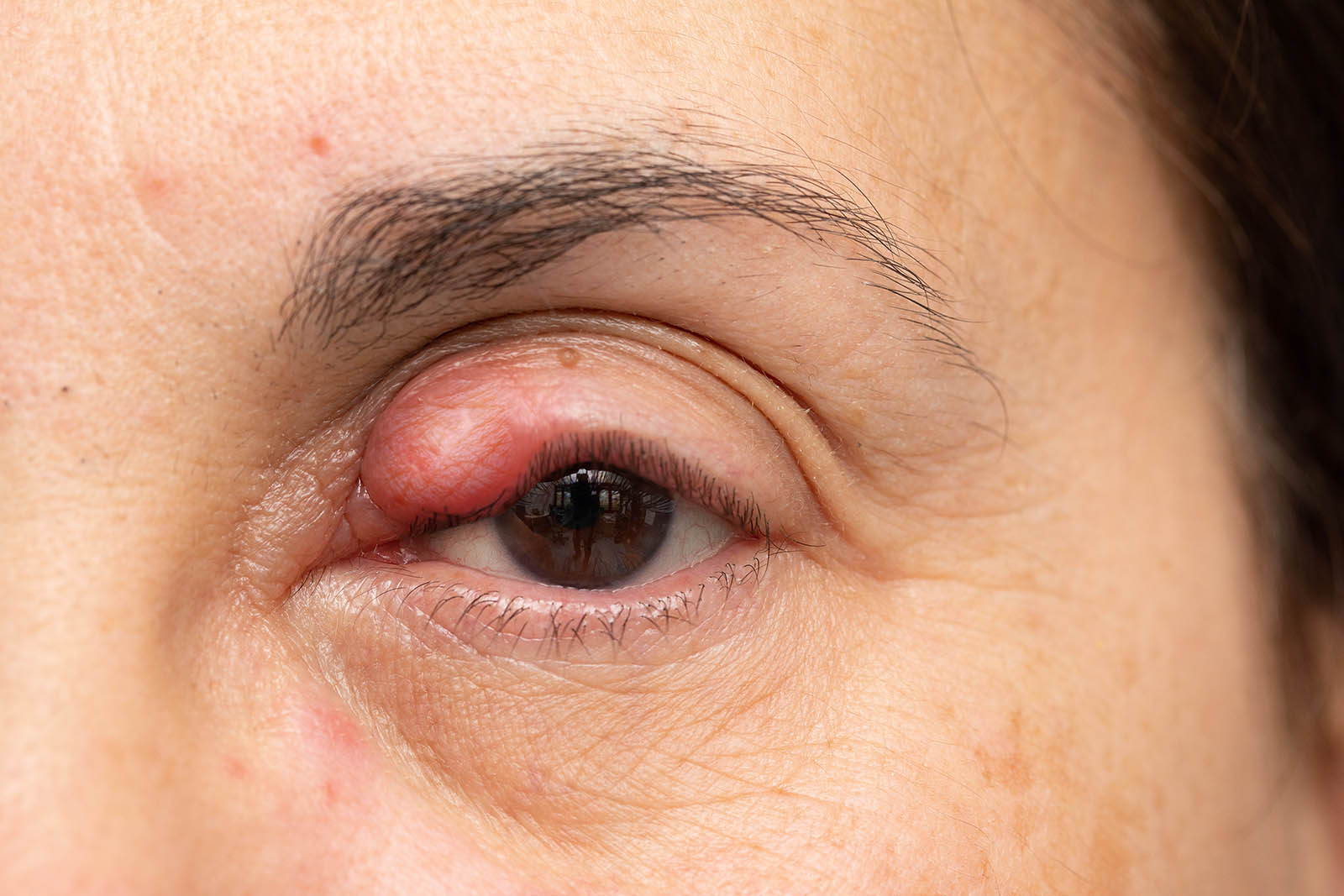Conventional wisdom can lead patients to make mistakes in the self-diagnosis of minor pathologies. Fortunately, patients are becoming more and more informed and no longer fall for the myth of eating carrots if they notice that their vision has decreased from one year to the next, but instead seek the advice of an ophthalmologist or at least an optometrist.
However, when someone submits a lump on one eyelidthe answer is almost immediate: stye. We can even test people who work in pharmacies. Today we would like to contribute to patient information by explaining what a chalazion is, its causes, treatments and why the definitive diagnosis should be made by an ophthalmologist.
What is a chalazion?
A chalazion, chalazion or chalazion is a benign protuberance or lump on the eyelid, generally painless, which appears when secretions from the meibomian glands accumulate due to a blockage in their drainage. As these secretions accumulate inside, a cyst or nodule eventually forms.
Differences between a chalazion and a stye
Occasionally, a chalazion becomes infected, leading to what is known as a stye. Styes can and usually do appear without the previous formation of a chalazion, and usually resolve spontaneously within a few days. If this is not the case, an ophthalmologist should be consulted as soon as possible.
Infected styes and chalazia are usually painful, whereas if you have a chalazion without an associated bacterial infection, it is not normal to experience pain, although you may feel discomfort when blinking. There are cases in which it is difficult to differentiate between the two, even for medical professionals, which is why we insist on consulting a doctor if there are any doubts or alarm symptoms.
When chalazion and stye are combined
When a patient with, for example, a chalazion on the upper eyelid outgrows the infection, they will still have the same previous lump, unless treatment is applied to resolve the problem as soon as possible.
Possible complications
Alarm bells ring for patients who suffer from a stye and subsequently develop a slight chalazion.
We also treat others who have had their diagnosis for some time and, due to an increase in the size of the protrusion, it starts to press on the eye, causing physical discomfort or astigmatism. In the latter case, in our ophthalmology clinic we will do whatever it takes to preserve the patient's vision, so that when the more conservative methods do not work, we may solve the problem with a simple eyelid surgery, performed under local anaesthesia.
Causes of an eyelid chalazion
In addition to some systemic diseases, such as diabetes, there are circumstances that predispose to the formation of a chalazion that does not disappear.
Blepharitis
The most common cause of the Meibomian glands beginning to drain incorrectly is an inflammatory process, with bacterial blepharitis being the most commonly related, without being able to speak of a direct cause/effect.
Rosacea and other skin conditions
Other times, eyelid inflammation is the result of a skin condition, notably rosacea and seborrhoeic dermatitis.
Stye
If you have had a stye or a chalazion infection in your eye recently, the bacterial process can cause a new chalazion or worsen an existing one. Follow the appropriate care in each case and, above all, don't try to pop that little bump that you might have mistaken for a pimple.
A palpebral chalazion is usually a benign condition, although it may cause discomfort to the patient or affect visual acuity. It is difficult to distinguish a chalazion from a stye, but the differentiating symptom is that a stye is usually painful and a chalazion is not. However, there are patients who present with both symptoms at the same time. If you have doubts about whether you have one or the other, don't wait to see how it progresses. We recommend that you make an appointment and come to our clinic at the Ophthalmology Clinic Dr. Nebro.
Both styes and chalazia have treatments, usually minimally invasive. If the size of the nodule on the eyelid interferes with the patient's quality of life or vision, assuming other treatments fail, the solution is simple drainage surgery.



